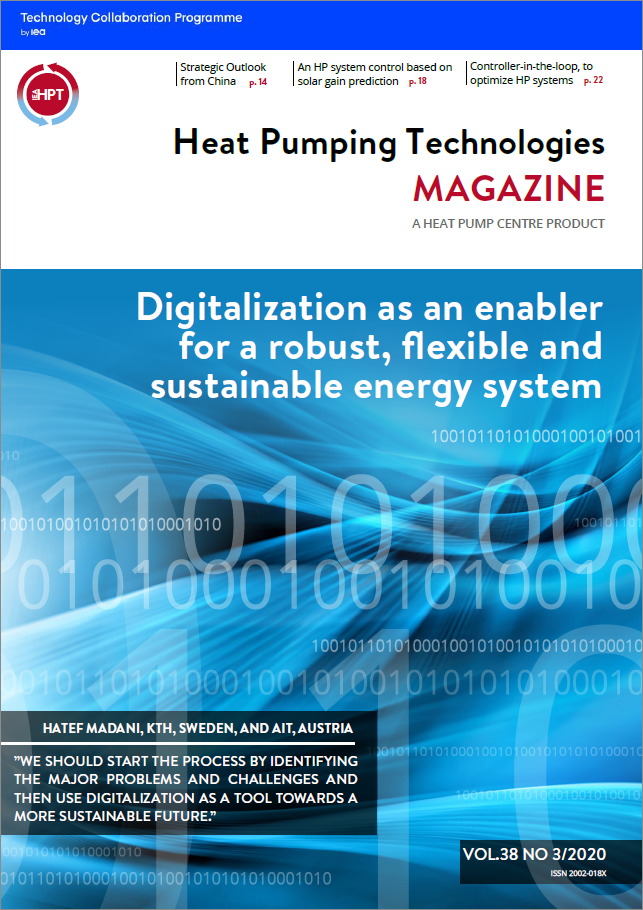|
|
 |
 |
Digitalization is an enabler in many areas. And the energy system is, of course, no exception. With digitalization the energy system could become even more robust, flexible and sustainable. This issue of the HPT Magazine focuses on the possibilities of digitalization in relation to heat pumping technologies.
The Foreword points out that the term “digitalization” is commonly used, but not always strictly defined. And that such technologies might indeed improve the performance of more mature technologies, if we understand how to make them cooperate.
In one of the topical articles, digitalization is used for reaching energy costs savings. It describes a project where a control algorithm is developed, predicting solar energy gains. This leads to lowered costs for energy, keeping inhabitants' comfort intact. The other topical article investigates the so-called controller-in-the-loop approach to testing of heat pumping system controllers. This type of testing is less costly than prototype testing, and closer to real operation than software testing.
In this issue, you can also read about how the market for heat pumps is developing in China, in the Strategic Outlook. One driver is the coal-to-electricity project. The government is supporting the initiative, and the future for heat pumps in China looks good.
- Foreword: Digitalization as a problem solving tool,
by Hatef Madani - Column: Column: Heat pumps are at the centre of the energy transition by Wim Boydens and Lieve Helsen
- HPT News
- Ongoing Annexes in HPT TCP
- Strategic Outlook: Heat pump market development in China, by Lingyan Yang
- A heat pump system control based on solar gain prediction, by Davide Rolando and Hatef Madani
- Controller-in-the-loop - New ways of optimizing costs and quality of heat pump systems, by Andreas Sporr and Michael Lauermann
Read the full HPT Magazine here.
Don't forget to visit our website for news, the latest updates and more information. |
|
|
|
|
|
|
|